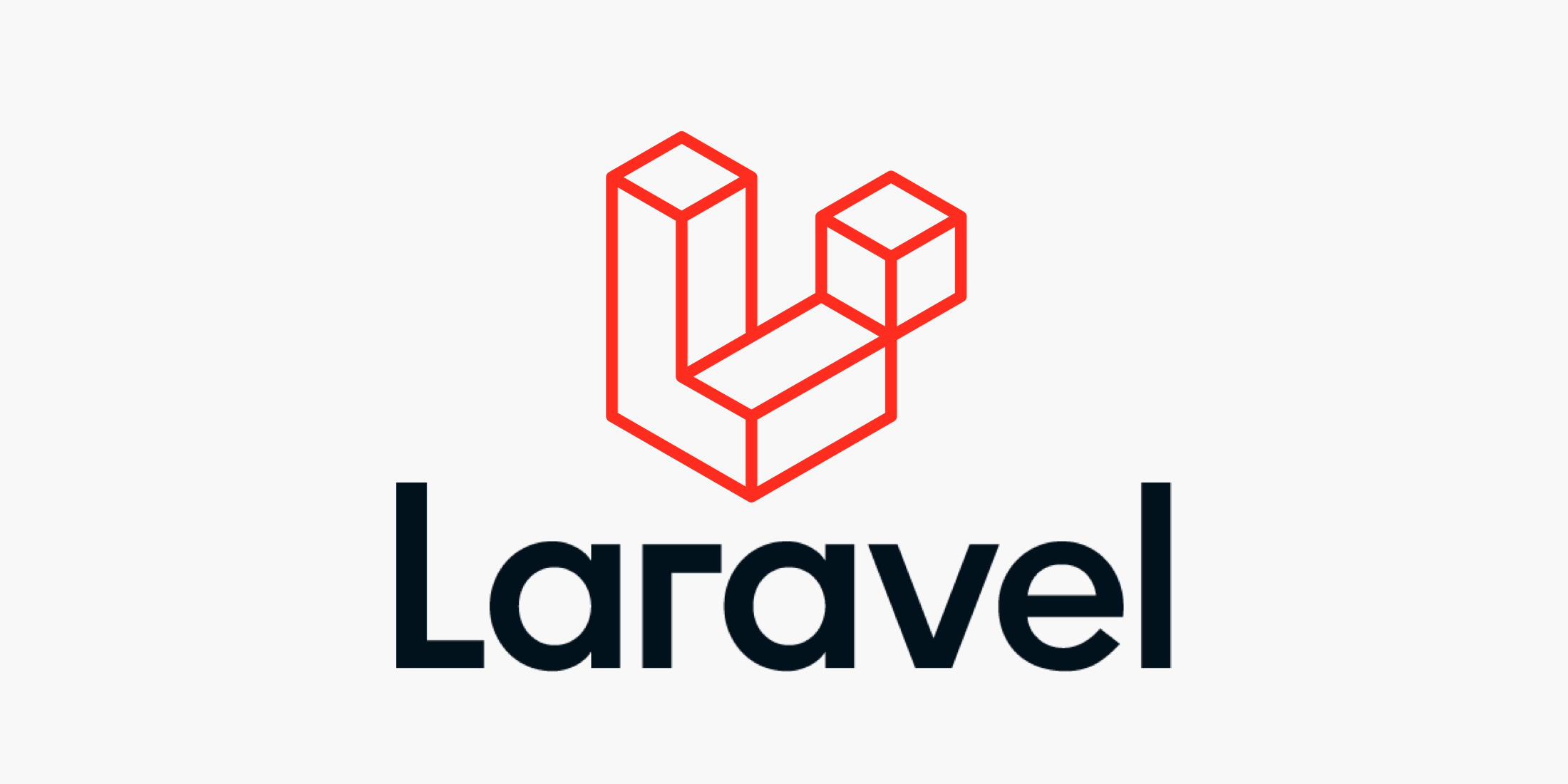Introduction:
Laravel is a powerful PHP framework that simplifies web application development, providing developers with an elegant and efficient toolkit. If you're new to Laravel and eager to dive into PHP web development, this beginner's guide will help you get started. In this blog post, we will walk you through the essential steps and resources to begin your journey with Laravel.
1. Install Laravel:
To start developing with Laravel, you need to install it on your local development environment. Laravel requires PHP, Composer (a dependency management tool), and other dependencies. Follow the official Laravel documentation for detailed instructions on installing Laravel based on your operating system.
2. Create a Laravel Project:
Once Laravel is installed, you can create a new Laravel project using the Laravel command-line interface (CLI) called Artisan. Open your terminal or command prompt, navigate to your desired project directory, and run the following command:
laravel new project-name
This command will create a new Laravel project with the given name in your specified directory.
3. Configure Your Environment:
Laravel uses a .env file to store configuration variables such as database credentials, application key, and environment settings. Copy the `.env.example` file and rename it as `.env`. Update the necessary configuration values, including your database connection details.
4. Serve Your Application:
To run your Laravel application locally, navigate to your project's root directory and use the following command:
php artisan serve
This command will start a local development server, allowing you to access your Laravel application in your web browser at `http://localhost:8000`.
5. Learn the Basics of Laravel's Structure:
Understanding Laravel's directory structure is crucial for efficient development. The `app` directory contains the application's core code, including controllers, models, and views. The `routes` directory contains route definitions that map URLs to controller actions. The `resources` directory stores assets like CSS, JavaScript, and views. Familiarize yourself with these directories and their purposes to navigate your Laravel project effectively.
6. Define Routes and Create Views:
Routes define how URLs are mapped to controller actions in Laravel. Open the `routes/web.php` file and define your application's routes using expressive syntax. For example, you can define a route that maps to a specific view like this:
Route::get('/', function () { return view('welcome');});
Create the corresponding view file (`welcome.blade.php`) in the `resources/views` directory. This is where you can define the HTML and presentation logic for that particular page.
7. Working with Controllers and Models:
Controllers handle the application's logic and interact with models, which represent data from your application's database. Create controllers using the `make:controller` Artisan command and models using the `make:model` command. Laravel's documentation provides comprehensive guidance on creating controllers, defining routes, and working with models.
8. Database Interaction with Laravel's ORM:
Laravel provides an elegant ORM called Eloquent, which simplifies database interaction. Eloquent allows you to define database tables as models and perform database operations using expressive syntax. Refer to the documentation for more information on defining models, querying the database, and defining relationships between models.
9. Explore Laravel's Rich Ecosystem:
Laravel has a vibrant ecosystem with numerous packages and libraries that can extend its functionality. From user authentication and API development to caching and testing, Laravel's ecosystem has you covered. Explore the Laravel website, Packagist (the PHP package repository), and Laravel community resources to discover useful packages that suit your project's needs.
10. Learn from Laravel Documentation and Tutorials:
Laravel's documentation is extensive and well-maintained, providing in-depth explanations, code examples, and best practices. Take advantage of the official Laravel documentation as your primary learning resource. Additionally, there are numerous online tutorials, blogs, and video courses available that can help you grasp Laravel's concepts and techniques more effectively.
Conclusion:
Embarking on your Laravel journey opens up a world of possibilities in PHP web development. By following the steps outlined in this beginner's guide, you can get started with Laravel and begin building powerful web applications. Embrace the elegance and efficiency of Laravel, leverage its robust features, and tap into its extensive ecosystem. Happy coding with Laravel!
